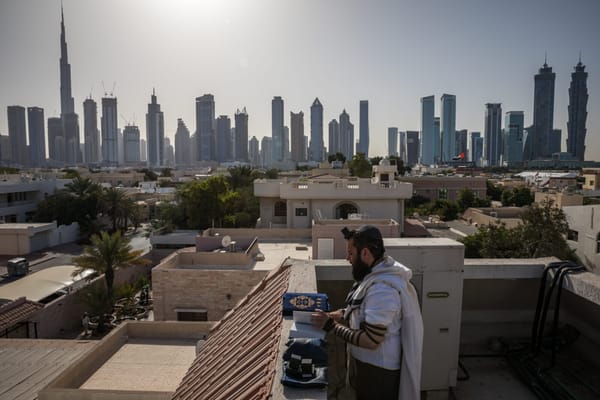Mao in a Muslim Land
In the coming years, China is expected to invest some $18 billion in an “economic corridor” crossing Pakistan to the Arabian Sea at the mouth of the Persian Gulf. The latest installment is the development of the Pakistani port of Gwadar. The port scheme is a strategic move linked to the restoration









